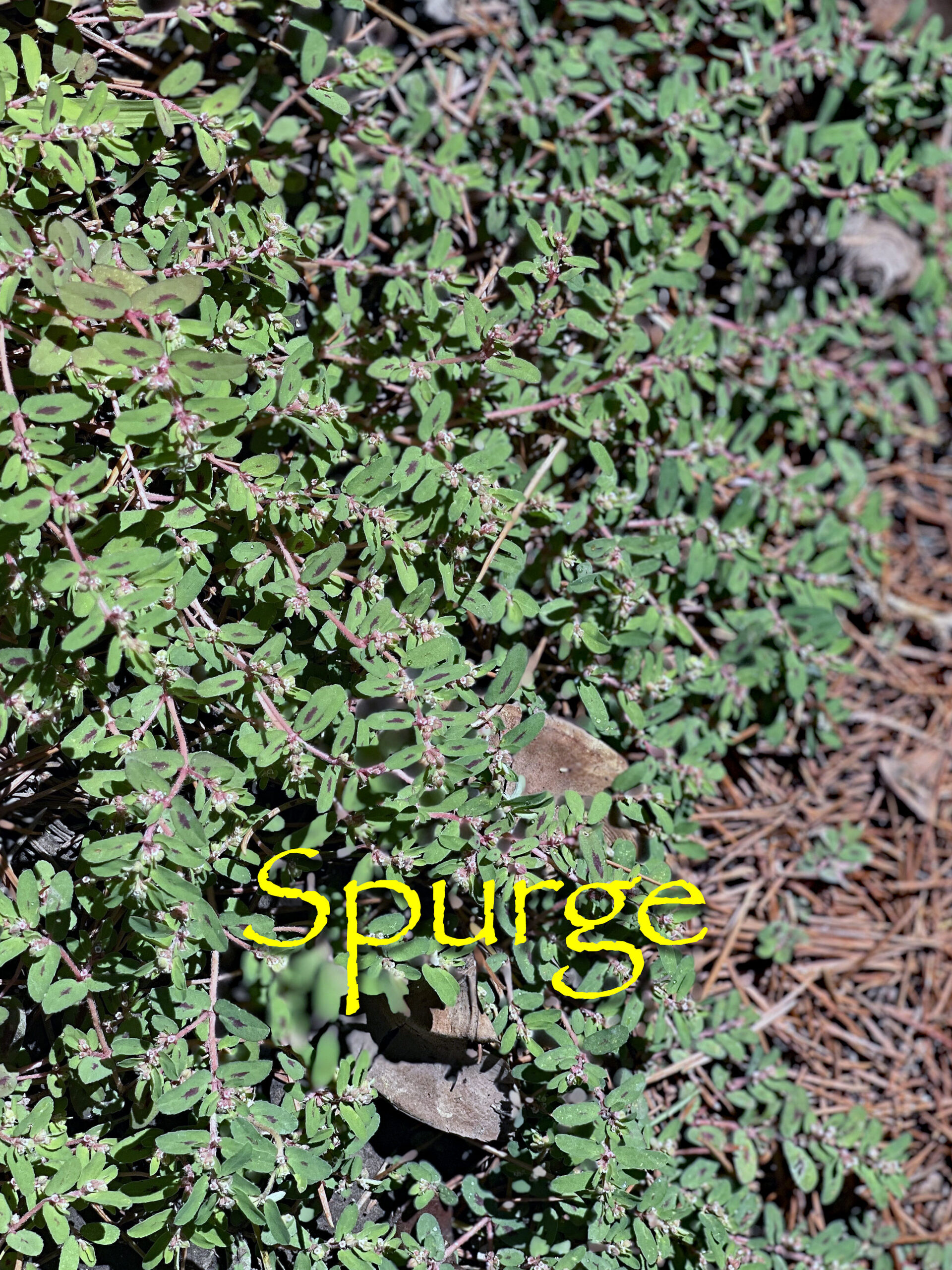
Question:
Last fall, we had a problem with raccoons. They tore up the lawn to feast on the grubs. I want to avoid this year's issue and discourage the raccoons early on. Is there an easy way to tell if the lawn grubs have returned?Answer:
- There is a simple test for the presence of grubs you can do using detergent and water. Grub damage typically starts next to a hot cement or concrete edge and quickly expands toward the center of the lawn. The grass turns brown, and you'll also notice the lawn thinning out or disappearing, leaving bare spots.
- To conduct the grub test, you should set up several test sites both in the areas attacked last year and some neutral sites.
- With stakes and string, mark off several two-by-two-foot squares in each area. Next, mix two tablespoons of liquid soap or detergent in a bucket of water and pour the solution evenly over the areas. For the next ten to fifteen minutes, you keep a close eye on the soil surface.
- The detergent agitates the grubs, forcing them to the surface. If grubs are present, you control them by applying Beneficial Nematodes. Beneficial Nematodes are an environmentally friendly method of killing all soil insects except earthworms.
- Another option is Bayer Season Long Grub control. This is a granular product that's applied with a spreader as early as June to protect the area for the balance of the year.
- I'd apply a grub control solution even if the tests prove to be negative or inconclusive.
- You don't want to wait until the raccoon's return as the controls will take three weeks to work, get or take, all the while the damage continues. The raccoons will be frequent visitors until they are convinced that the grubs are gone.
Question:
I have a problem with Prostrate Sandmat taking over my yard. How do I remove it before it goes to seed?Answer:
- Prostrate Sandmat is also known as Spurge or Spotted Spurge. It's one of the latest germinating spring weeds each year. It thrives in irrigated and non-irrigated areas.
- Spurge quickly reseeds itself with copious numbers of seeds redistributing all over by the summer breezes. It is best to start controlling them early on, and it's a long battle of attrition over several growing seasons.
- In open areas and around plants, use a non-selective herbicide such as Round-Up or a similar product to control the activity of growing plants.
- Protect desirable plants with a moveable cardboard plant shield.
- Spurge Power by Monterey Lawn and Garden is a selective herbicide for turf. You can control the format seed with a pre-emergent herbicide such as Impede (Monterey Lawn and Garden).
- Again, this is a multi-year battle that you are late in getting started, so you must be persistent.
